4 Trailblazing Women Who Changed America
Every year on July 4, we celebrate our Founding Fathers signing the Declaration of Independence on this day in 1776, setting the colonists on the road to the creation of the United States of America.
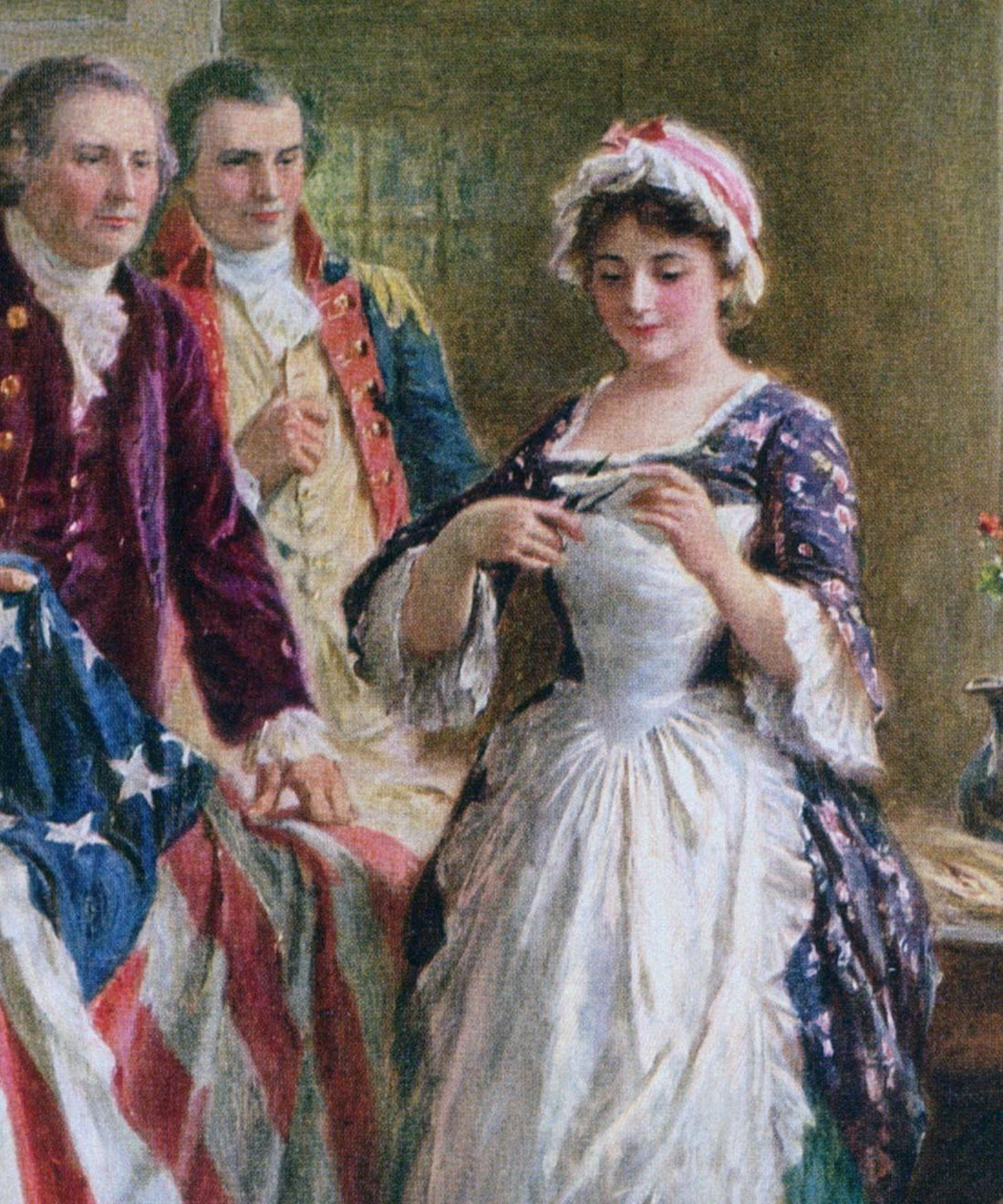
While it’s important to celebrate our Founding Fathers, it’s also important to celebrate the women who helped shape our country. From women in the American Revolution to abolitionists and suffragists, here are four incredible women who helped create the country we know today over the years.
Abigail Adams
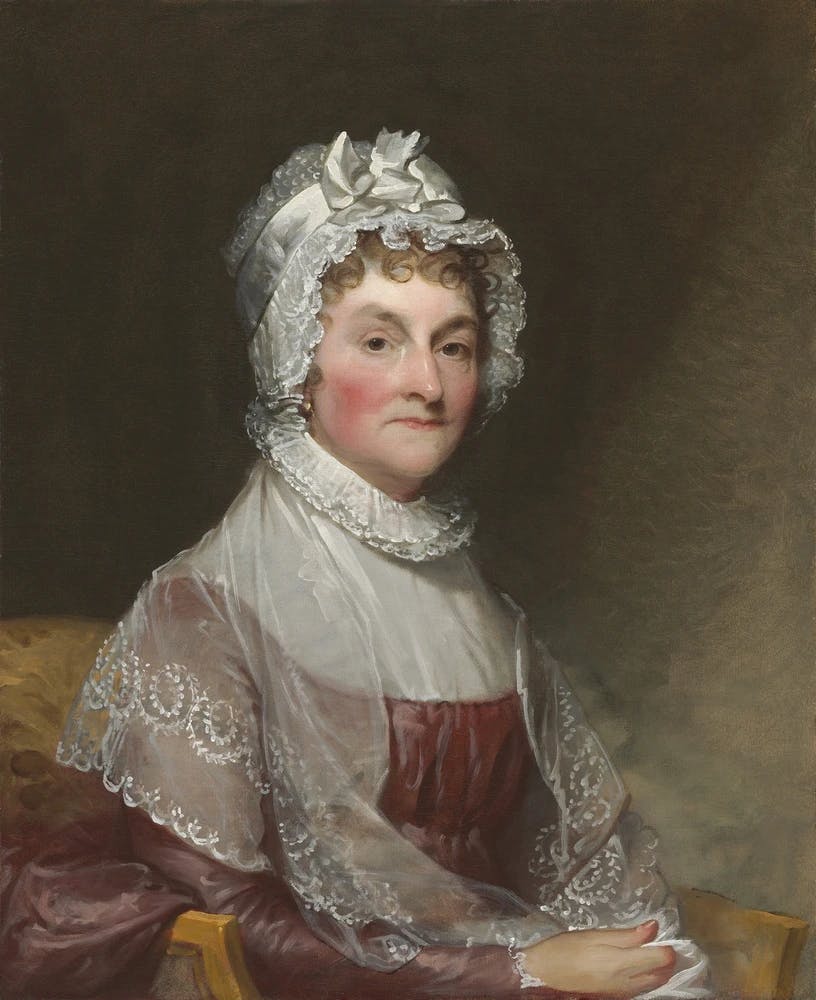
Besides being the wife of President John Adams and the mother of President John Quincy Adams, Abigail Adams also played a role in the American Revolution and was an early advocate for the abolition of slavery and for women’s rights. Her marriage to John Adams is more than just a beautiful love story. They were also a true partnership.
Adams wasn’t one to just sit still and look pretty, and she definitely wasn’t afraid to speak her mind, reminding her husband (and the rest of the Founding Fathers) to "remember the ladies" while creating laws for their new country. Since they both viewed each other as intellectual equals, he often sought advice on political matters from her before and during his presidency. In the same letter where she reminded him to remember women, she also wrote, “Do not put such unlimited power into the hands of the husbands. Remember, all men would be tyrants if they could. If particular care and attention are not paid to the ladies, we are determined to foment a rebellion, and will not hold ourselves bound by any laws in which we have no voice or representation.”
“If particular care and attention are not paid to the ladies, we are determined to foment a rebellion.”
Adams was the first woman to live in the White House alongside her husband and was an outspoken First Lady. She wasn’t afraid to voice her passion for women’s education and was an early abolitionist and suffragist. Her legacy helped pave the way for other women to speak their minds to help improve our country.
Elizabeth “Eliza” Hamilton
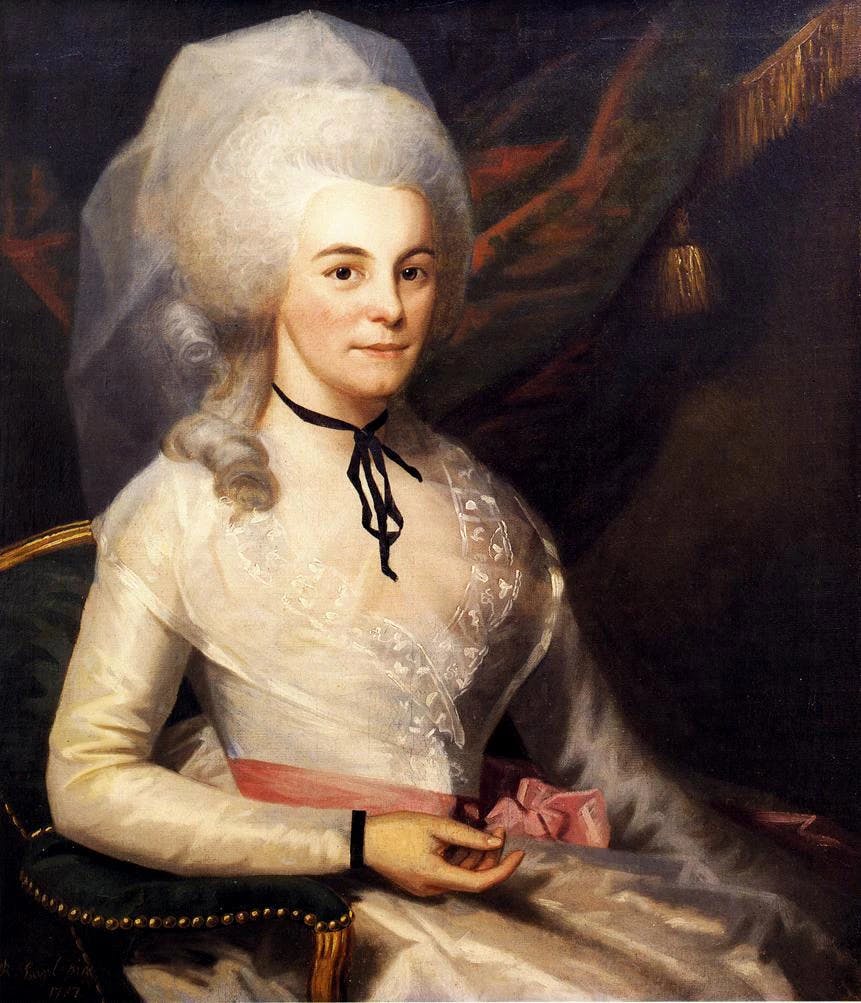
Thanks to the hit Broadway musical Hamilton, Elizabeth “Eliza” Hamilton is finally getting the historical recognition that she deserves. Like Abigail Adams, she was influential in the political decisions of her husband, Alexander Hamilton. Eliza was devoted to her husband and helped him create our country’s financial system while raising their eight children. After her husband’s death in 1804 (not a spoiler for the musical, it’s literally mentioned in the first song), she dedicated her life to telling his story and to philanthropy.
After Alexander’s death, Eliza struggled financially but persevered. One of her sons, James, later described her as “a skillful house-wife, expert at making sweetmeats and pastry; she made the undergarments for her children, was a great economist and most excellent manager.” She used her intelligence in economics, which helped her husband establish our country’s economy, to get out of debt.
Eliza helped Alexander Hamilton create our country’s financial system while raising their eight children.
Unlike Elizabeth, who was a member of a prominent family, her husband was an orphan. Inspired by her husband’s upbringing, Elizabeth helped establish the Orphan Asylum Society, New York City’s first private orphanage. She also founded the Hamilton Free School, which provided education for impoverished children.
She spent the remainder of her life in philanthropic work and making sure her husband’s legacy would not be forgotten. She died at the age of 97 in 1854, 50 years after the death of her husband.
Harriet Tubman
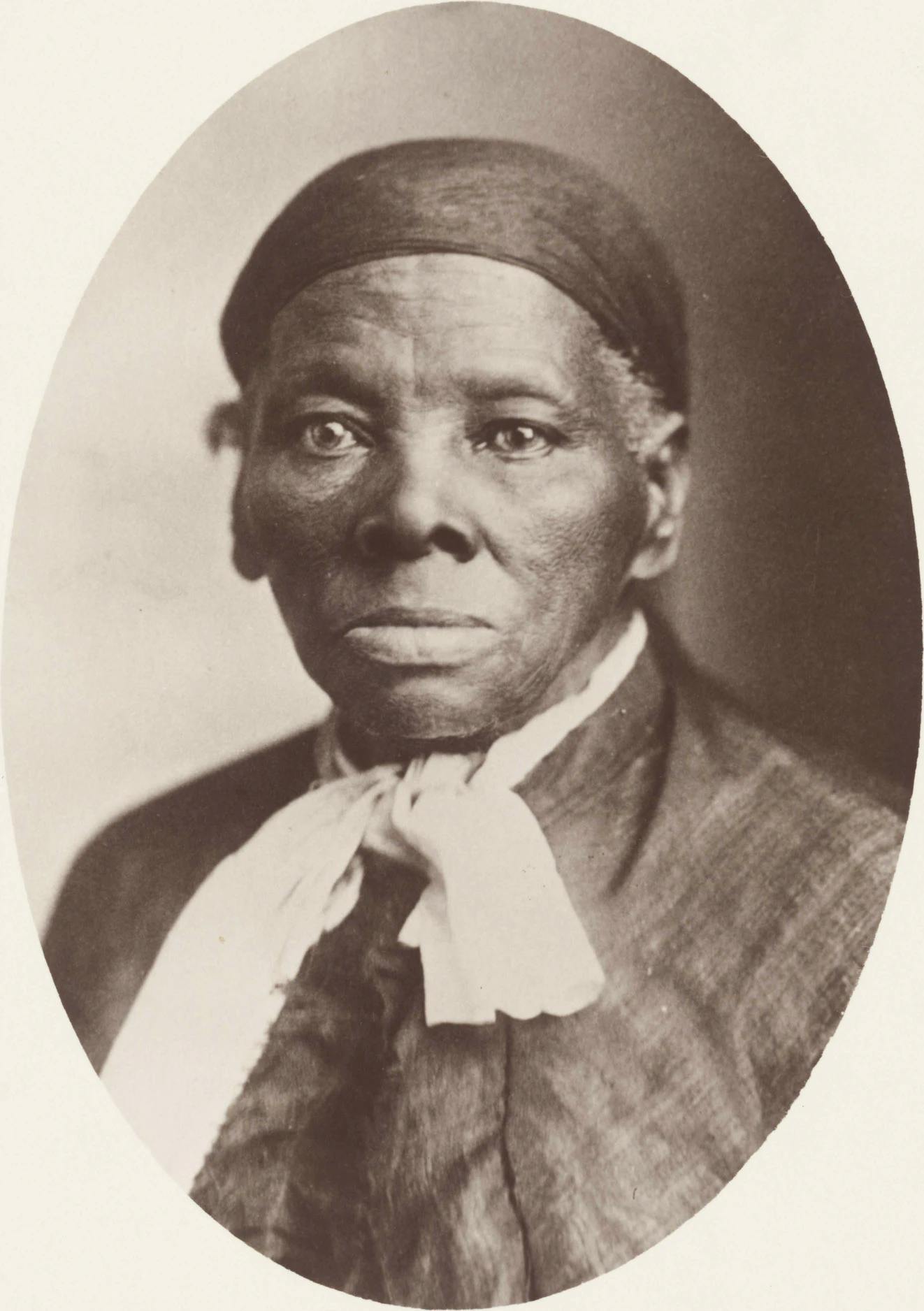
Born a slave named Araminta Ross in 1820 in Maryland, Tubman was always a rebel for a good cause. When she was 12, she tried to save a runaway slave from being hit by a heavy weight and was hit by the weight herself. She wrote, “The weight broke my skull…They carried me to the house all bleeding and fainting. I had no bed, no place to lie down on at all, and they laid me on the seat of the loom, and I stayed there all day and the next.”
She remained a rebel and escaped slavery all on her own in 1849. After her arrival in Philadelphia, she realized being an abolitionist wasn’t enough and went back to Maryland to help bring her family to freedom.
Harriet Tubman was the first African American woman to serve in the U.S. military.
She didn’t stop at helping free her family from slavery. She spent the next decade working as a conductor for the Underground Railroad, a route and organization of safe houses to help slaves from the South escape to the North and freedom. She worked alongside other prominent abolitionists like Frederick Douglass and was estimated to have freed 300 enslaved people. She was known as the “Moses of her people” for her efforts.
Tubman is mainly known for her work in the Underground Railroad, but she contributed so much more than that. She served as a nurse for the Union Army during the Civil War and was also the first African American woman to serve in the U.S. military. After the North won the Civil War and the 13th Amendment passed, Tubman continued her activism as a suffragette. She died in 1913, seven years before the 19th Amendment passed, giving women the right to vote.
Elizabeth Cady Stanton
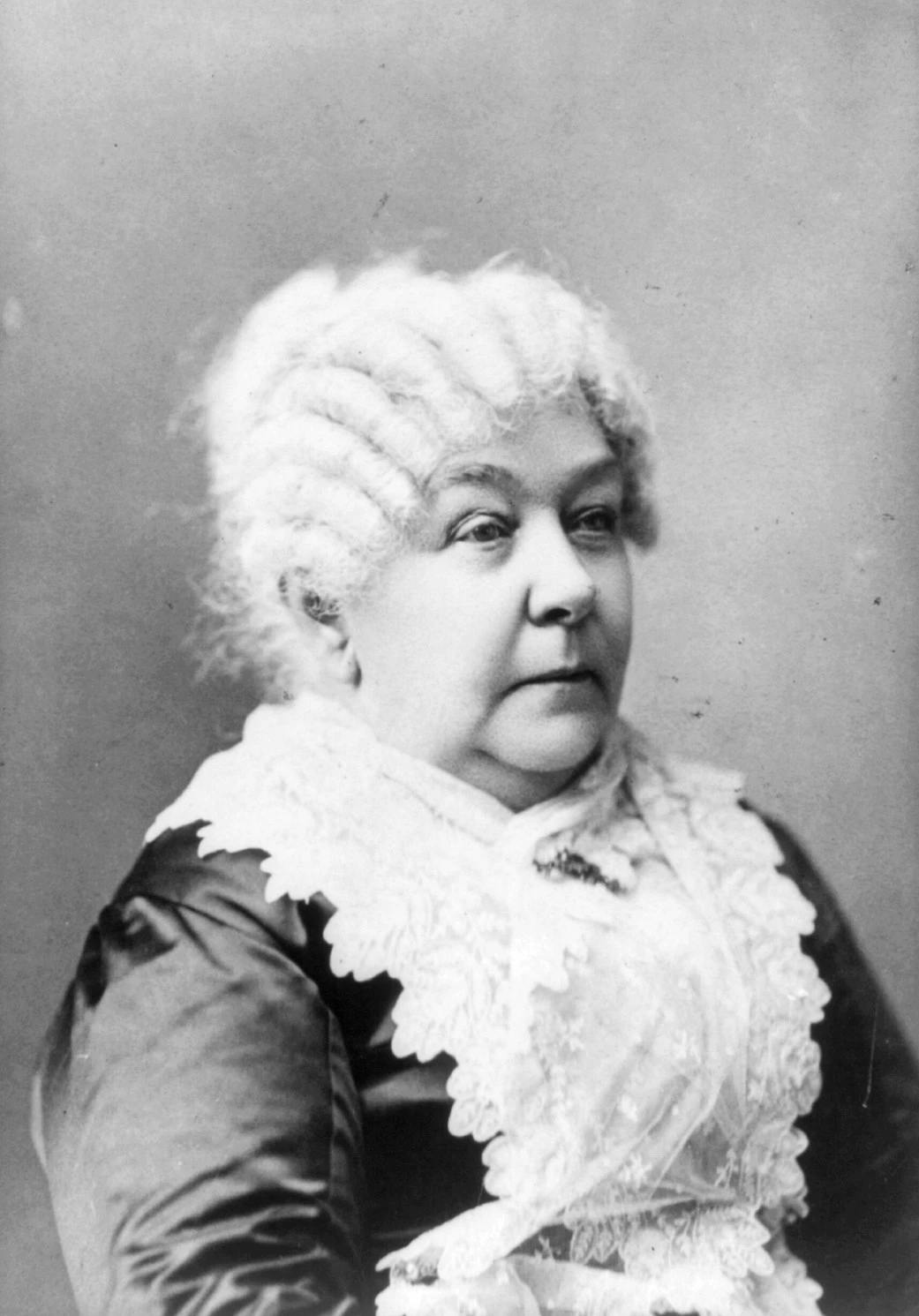
Susan B. Anthony is one of the most well-known American suffragists, often overshadowing Elizabeth Cady Stanton. Stanton wrote the Declaration of Sentiments presented at the Seneca Falls Convention in 1848, marking the start of the American Suffragist movement. She was also one of the founders and the first president of the National American Women’s Suffrage Association (NAWSA), one of the two main parties that helped ratify the 19th Amendment.
Stanton started her activism career as an abolitionist and believed women should have a similar movement for the women’s right to vote. She wrote the Declaration of Sentiments in 1848, a document that “called for social and legal changes to elevate women’s place in society and listed 18 grievances from the inability to control their wages and property to the difficulty in gaining custody in divorce to the lack of the right to vote.”
Stanton was a pacifist, determined the gain the vote through non-violent protesting and her public speeches and writings.
Stanton’s activism for women’s suffrage grew when she met Susan B. Anthony in 1851. Both women were devoted to gaining the women’s right to vote and spent the rest of their lives devoted to the cause. They were also pacifists, determined the gain the vote through non-violent protesting and spreading their message through their public speeches and writings.
Stanton, alongside Anthony, is often considered the grandmother of the American Suffragist Movement. They were both mentors to Anna Howard Shaw and Carrie Chapman Catt, two women who carried on their legacy after they passed. Stanton died in 1902 at age 86, 18 years before the 19th Amendment was ratified.
Closing Thoughts
While we celebrate the founding of the United States of America at our Fourth of July barbecues and fireworks shows, we should also raise a glass to some of the incredible women who helped create the country we live in today.